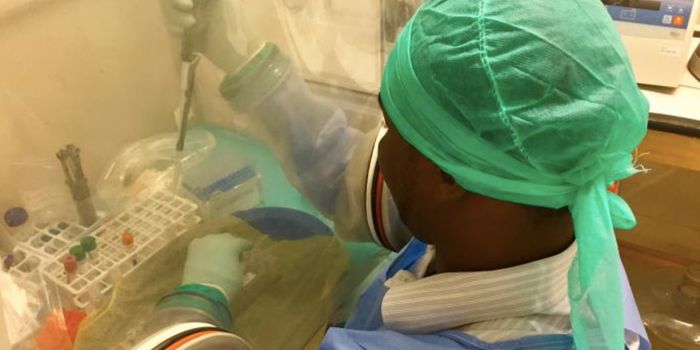Cactus Spines Inspire Diagnostic Tools Without the Prick
Did you know that there are over 1700 species of cacti—spiny plants that have evolved to survive some of the harshest environments on earth. Over the course of their evolutionary history, most species of cacti have lost their leaves, swapping them for spines—structures that help reduce water loss by minimizing airflow around the body of the cactus.
In a recent study, cactus spines have inspired a group of health technology innovators that are creating next-generation sweat analysis technologies. These developments create new opportunities in the medical diagnostic space, collecting a wealth of biological data from patients in a completely non-invasive manner.
The new wearable sweat sensor features a number of exciting capabilities for continuous healthcare monitoring: it’s fast, works without a power source, and passively harvests small amounts of sweat from the wearer to look for early warning signs of disease. This translates to better approaches for applications such as blood glucose monitoring for people living with diabetes.
Sweat diagnostics are emerging as a novel way of monitoring health and wellbeing. Sweat is predominantly water, but also contains trace amounts of molecules that can serve as diagnostic biomarkers. In spite of their immense potential, however, smart biosensors that produce health insights from sweat haven’t taken off as much as other platforms that use blood or urine as input samples.
One of the challenges is that sweat is hard to collect. Under resting conditions, people aren’t usually producing sufficient amounts of sweat required by the biosensor. Here’s where cactus spines come in. In nature, the spines suck up minute amounts of moisture from their tip to their base using a principle of physics known as Laplace pressure—the pressure differential propels water droplets towards the body of the cactus.
Inspired by these fluid dynamics, the researchers used cactus spines as the structural blueprints, wicking sweat away from the surface of the skin towards the wearable diagnostic patch.
Promisingly, the researchers report that their invention surpasses the capabilities of conventional microfluidic channels, providing hope for future high-efficiency health monitoring technologies.









